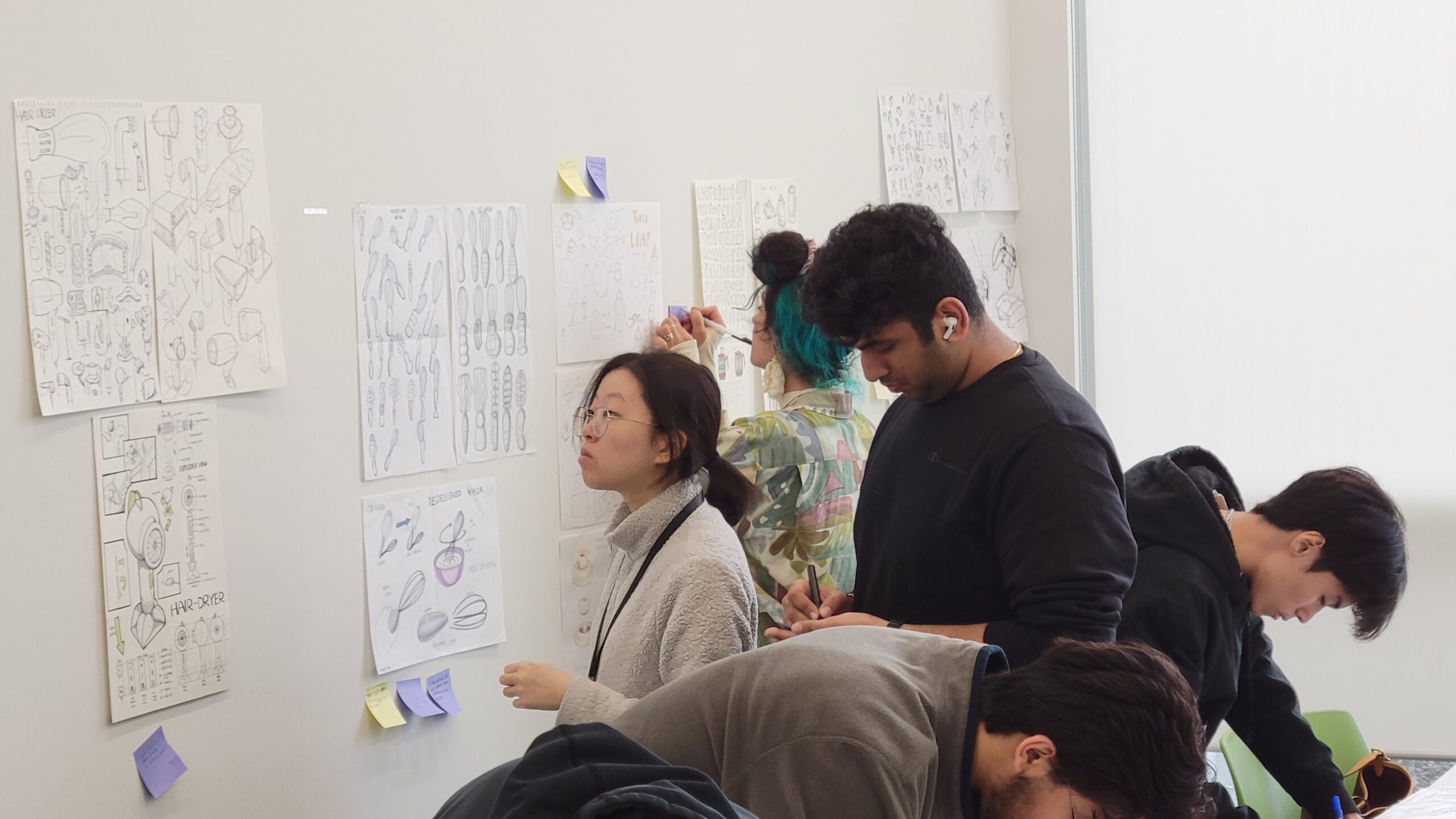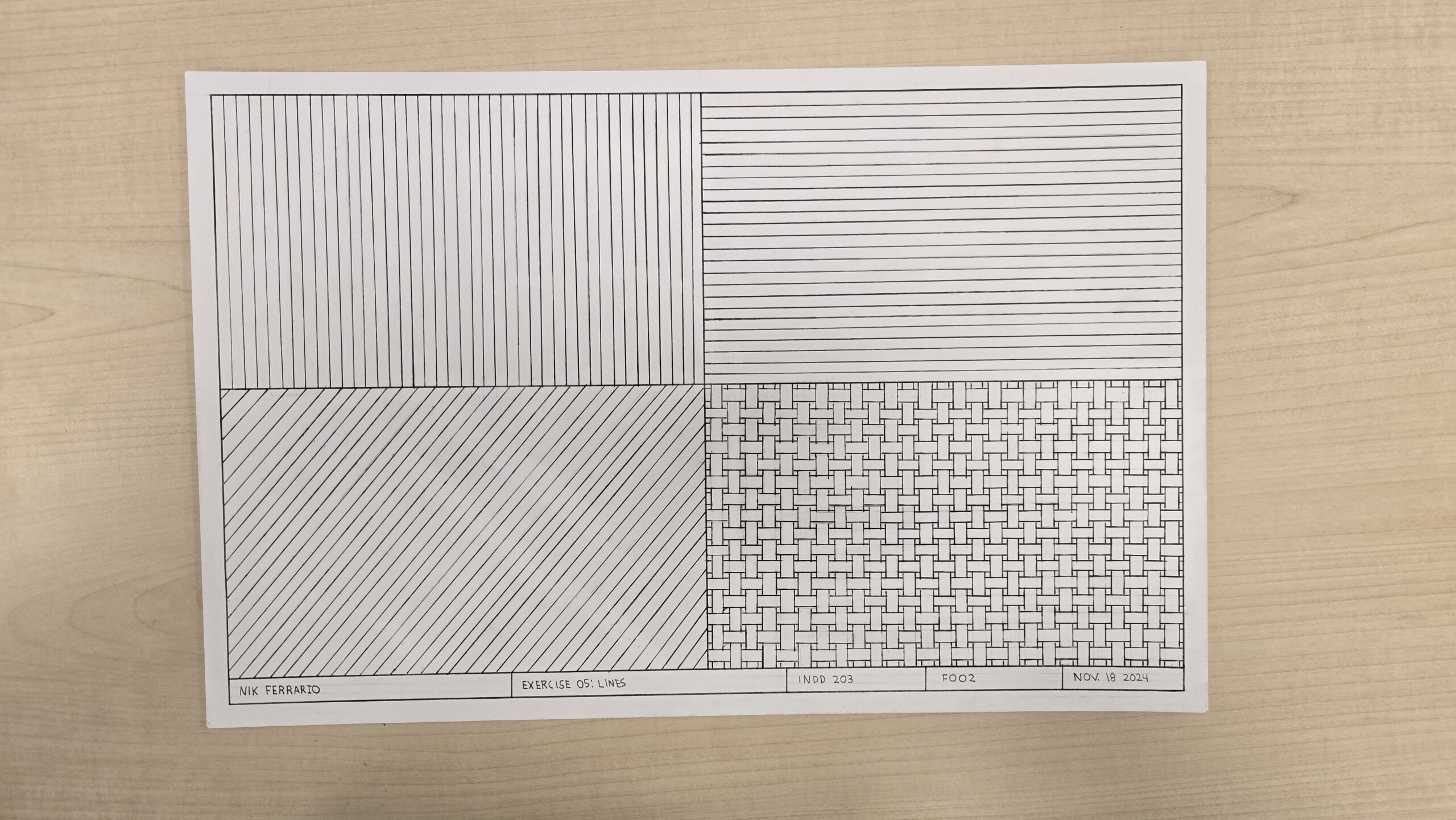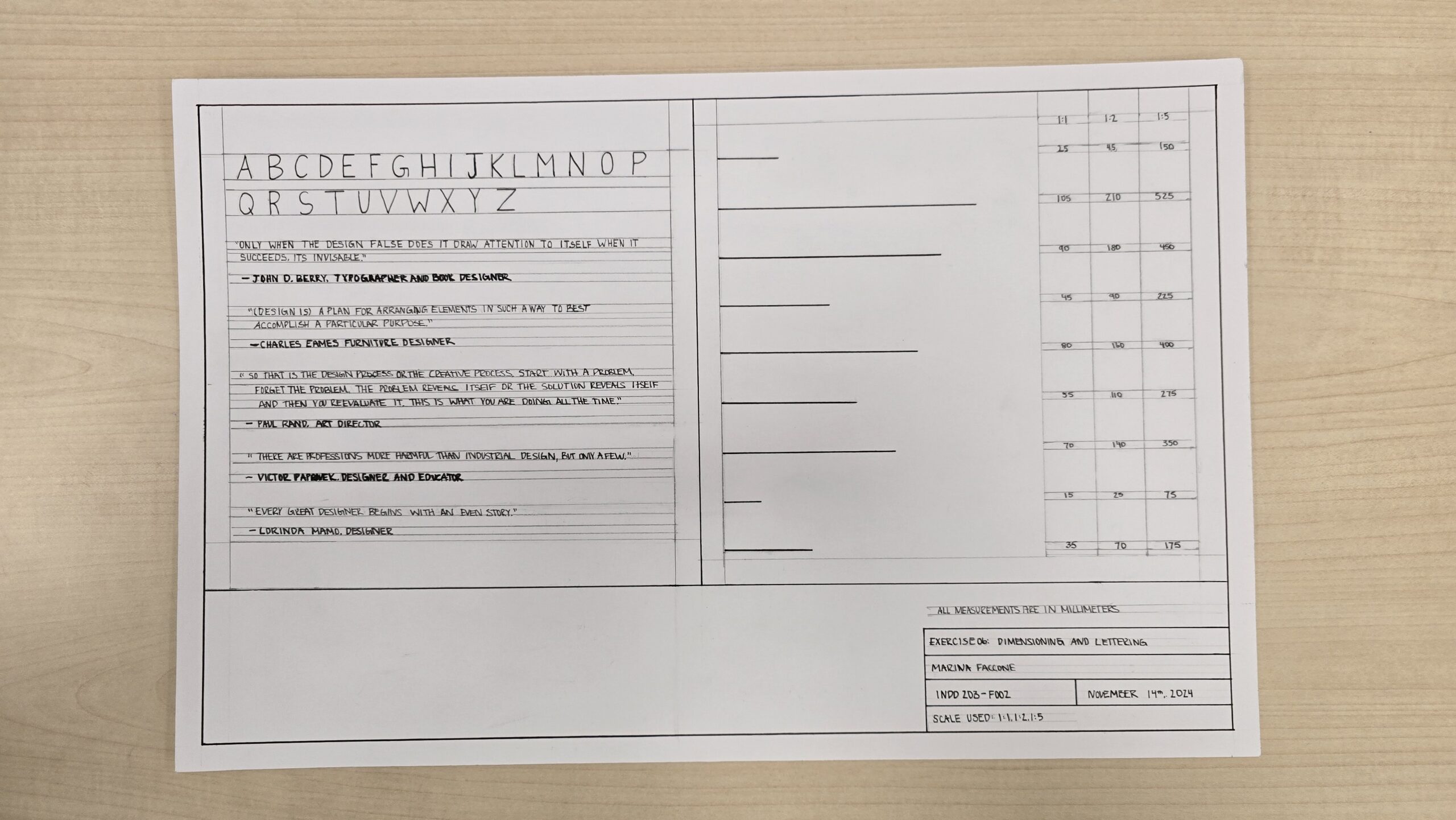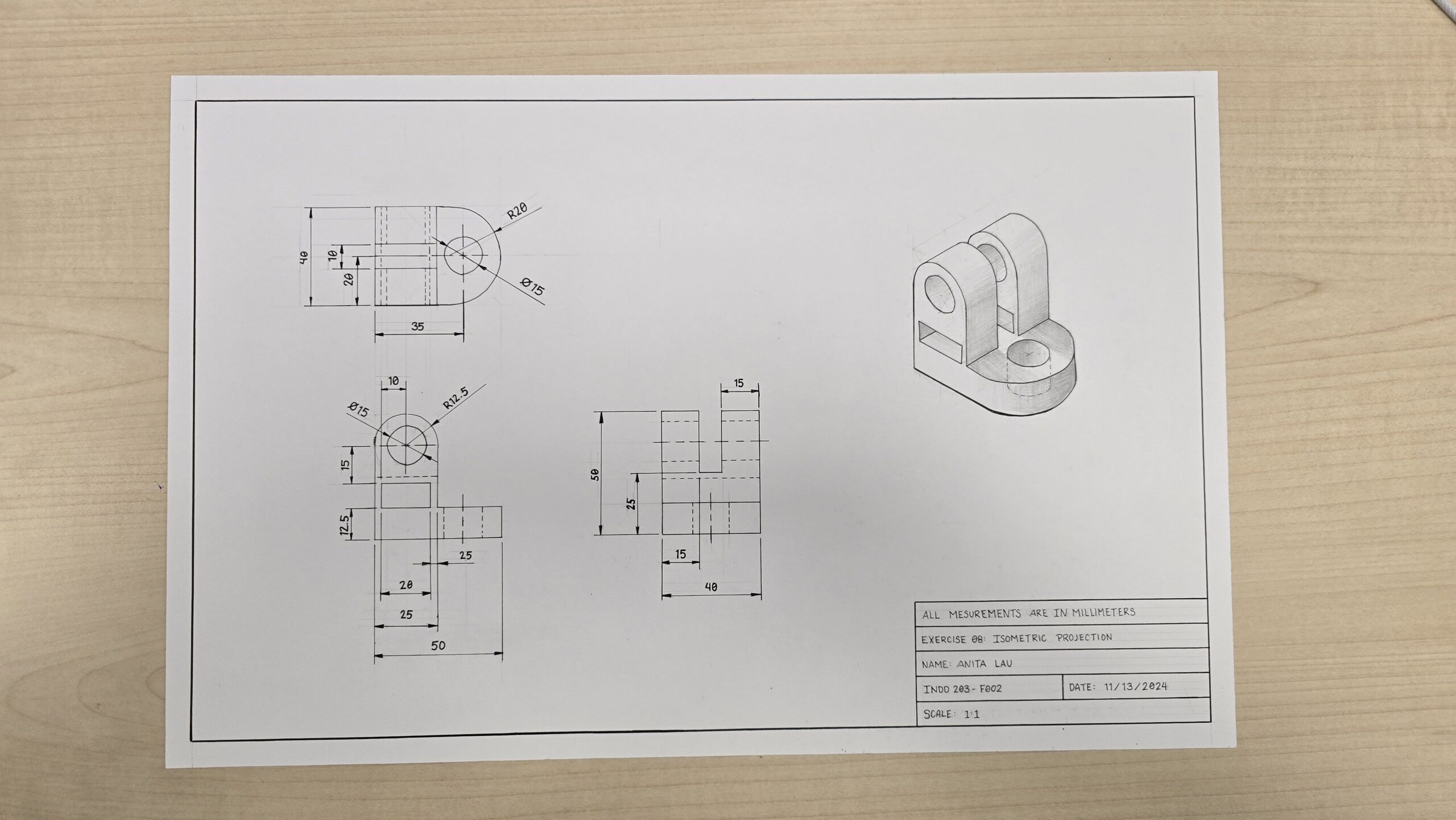INDD 203
Freehand Drawing & Drafting
Emily Carr University of Art + Design, CA
COURSE DESCRIPTION
This course focuses on freehand techniques for developing and communicating ideas in the design process. One third of this studio covers fundamental conventional drafting skills, including the use of instruments, equipment, geometric constructions, theory of orthographic projections, dimensioning of detail drawings, general assemblies, axonometric, and isometrics. Two thirds of the course deals with freehand methods for thinking about and relaying ideas including skills describing form, material, motion, perspective, volume, space and light. Assignments will progress from simple exercises to more conceptually challenging projects.
Sketching as Thinking
The first two-thirds of the course tackeld fundamentals, techniques, and practice of freehand drawing with the emphasis on the mindset of SKETCHING AS THINKING.
Word Association
At the start of the course, I wanted to instill in students the ability to describe form, material, texture, and other design elements. Through associating descriptive words with one another and branching them out into other possible descriptors, I wanted to erase the notion that words are not used in visual representations such as design sketching and concept generation.
adjective + object + user
Sketch prompts with the structure of adjective + object + user were introduced at the start of every class. Students were provided a time limit to sketch out as many concepts as they can to meet the prompt. In order to heighten student engagement, a randomizer wheel was used to select an descriptor adjective while the object to be designed and the user demographic are provided by the students every class.
The intention behind the 10-minute exercise at the start of each class is to develop a practice of iterative thinking in a limited amount of time, disregarding perfectionist mindsets when it comes to putting ideas to pen and paper. By the end of the semester, I had asked each one to look back at their very first sketch prompt and their last, reflecting on the growth they have experienced throughout the term which may not have been visible to them in the moment. This is to encourage and build their confidence in their sketching abilities.
Seeing in Perspective
The way I teach design is to use real-life examples in the everyday life that students interact with on a daily basis. I instill exercises and examples in the context of the everyday to allow them a more intentional perspective and viewpoint whenever interacting with the worl around them.
Form Deconstruction
The deconstruction of objects into mere primitive shapes of cubes, ellipses, cylinders, and cones allowed students
to quickly grasp the idea behind constructing form in their drawings. In class, I had demonstrated deconstruction
of a form into primitives by means of observation. In this exercise, I challenged students to not pay attention to the outer appearance of an object as much, but rather think about deconstructing it into simpler shapes and how parts may come together and be assembled when fabricated to ease their drawings.
Drawing Project
As a culmination of the freehand drawing section of the course, I had asked students to continually iterate through redesigning a household item they own for four weeks, starting with 50 thumbnail sketches, and then refining them further weekly to a single concept expressed in an explanatory sketch. This can be a functional or aesthetic reddesign, as long as they can justify why the need for the redesign.
Explanatory Sketches
It was important for me to emphasize providing context in terms of material, environment, use, and articulation whenever ideating concept sketches. This is to better communicate one’s ideas to themselves or to others.
Collaborative Feedback
It was crucial for me to make a collaborative learning environment in whatever class I teach. Being able to provide constructive feedback to peers is a crucial in building relations with other while also exercising one’s abilities to critique the work of others and learn from others’ as well. I had categorized sticky notes by colour to visually indicate the difference something a person liked about someone else’s work from constructive suggestions and
recommendations one may give to another. This was to be able to focus on building confidence while being able to critically navigate through constructive feedback.
At the end of the discussion that ensued after, I asked each one to keep the sticky notes they received as a reminder for the current strengths they posses in their sketching as well as to remind them of potential areas for
improvement, all to build confidence in their drawing abilities.
Technical Drafting
The traditional drafting portion of the course was taught through applied exercises I have developed that mixed one or two concepts together, breaking them into chunks to be more understandable and then used in a greater context the next exercise, made to build upon the previous exercise to be able to draw technical drawings by the end.
Get in touch.
Do you have a project or idea in mind? Send me a message.
© Erik Asia 2025. All rights reserved.




















